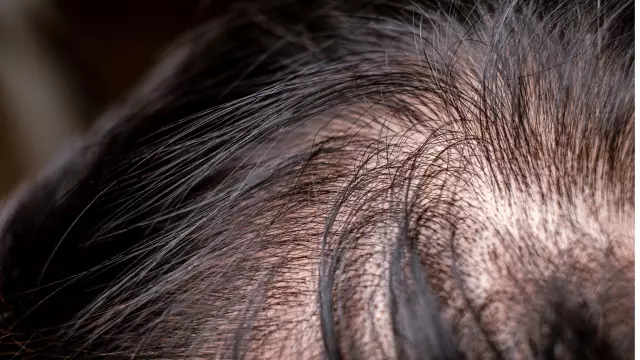- Author Rachel Wainwright [email protected].
- Public 2023-12-15 07:39.
- Last modified 2025-11-02 20:14.
Spleen
The spleen is a lymphoid organ richly supplied with blood vessels. It is located in the left hypochondrium. In this organ, there is a very intimate contact between blood and lymphoid tissue. As a result, the blood is enriched with leukocytes maturing in the spleen. In addition, spleen macrophages cleanse the blood of obsolete erythrocytes, foreign particles, and pathogens.

The structure of the spleen
The dimensions of the spleen in an adult are 8 cm wide, 10 - 12 cm long, and its thickness does not exceed 4 cm. During the digestion process, an increase in the spleen is usually observed.
The spleen is shaped like a coffee bean. Its surface color is dark red with a distinct purple tint. Two edges are distinguished in it - the upper and lower and two ends - the front and rear. On the part of the spleen, adjacent to the stomach, there is a groove - a gate through which nerves and blood vessels enter it.
Outside, the spleen is covered not only with a serous membrane, but also with a dense connective tissue capsule. This capsule also penetrates into the organ, dividing the spleen tissue into small separate areas.
Spleen functions
All functions of the spleen have not yet been fully understood. It is currently believed to have hormonal regulation of bone marrow activity. In the first months of pregnancy, the spleen is the main organ of fetal hematopoiesis. In the last month of pregnancy, the fetus fully matures the bone marrow, in which granular leukocytes and erythrocytes begin to form. From this point on, only monocytes and lymphocytes are formed in the spleen. However, with some blood diseases in the spleen, hematopoietic sites begin to form again.
In adults, the spleen has several other functions:
- Here the destruction (phagocytosis) of obsolete platelets and erythrocytes occurs, as well as the conversion of hemoglobin into hemosiderin and bilirubin. The iron contained in hemoglobin is deposited in the cells of the spleen, which is the main depot of this element in the human body;
- The spleen is one of the most important sources of lymphocytes circulating in the blood, especially in children, adolescents and young people;
- Produces antibodies and acts as a filter to trap foreign particles and microbial agents. It is a well known fact that after removal of the spleen, people become very susceptible to various bacterial infections;
- It is a kind of reservoir of red blood cells that enter the general bloodstream in critical conditions.
Spleen enlargement reasons
In many diseases, an enlarged spleen (splenomegaly) is observed. In addition, an enlarged spleen is observed in 5% of perfectly healthy people. Splenomegaly very often develops against the background of autoimmune, infectious, hematological and oncological diseases, as well as with various liver lesions.
Spleen diseases: treatment
Spleen diseases are very rare. With thrombosis of its vessels, a spleen infarction can develop. This condition is accompanied by severe pain in the left hypochondrium. In some cases, the necrotic area begins to fester, which leads to the formation of an abscess of the spleen. Cysts and other neoplastic growths can also form in the spleen. With blunt trauma, bleeding from the spleen may occur. Treatment of all these pathologies is prompt. During surgery, the spleen is removed.
Found a mistake in the text? Select it and press Ctrl + Enter.






